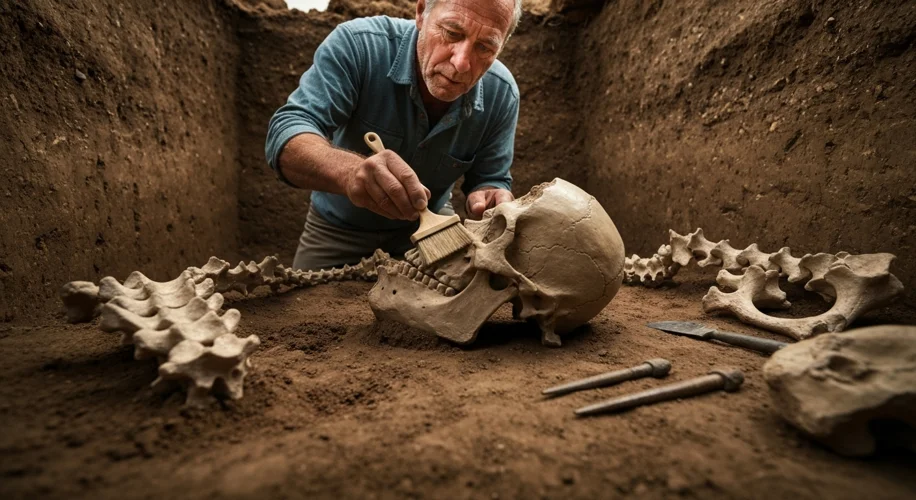Did you know that our understanding of human evolution is constantly being refined by new discoveries? It’s like piecing together a giant, ancient puzzle, and every so often, a new piece completely shifts our perspective.
That’s exactly what’s happening right now with the discovery of a new early Homo species. This find is shaking things up in paleoanthropology and offering us a compelling new narrative about where we came from.
Challenging the Established Story
For a long time, the story of human evolution has often been presented as a fairly linear progression – an ‘ape-to-human’ march. We tend to think of it as a straight line from our ancient ancestors to us. But science rarely works in such simple lines. Evolution is messy, branching, and full of surprising detours.
This new fossil discovery, which dates back significantly earlier than previously known Homo species, hints that the very early stages of our lineage might have been much more complex and diverse than we previously assumed. It suggests that multiple early human-like species may have coexisted and evolved along different paths.
What Does This Mean for Us?
This finding is exciting because it opens up so many questions. It challenges us to rethink:
- The Timeline: When did key human traits, like larger brains or tool use, actually begin to emerge within the Homo genus?
- The Diversity of Early Humans: Were there many different types of early humans living at the same time, each adapting in their own way?
- The ‘Out of Africa’ Narrative: How might this discovery influence our understanding of where and how early humans spread across the globe?
It’s a great reminder that science is a process. What we think we know today is based on the evidence we have now. As new fossils are unearthed and new analytical techniques are developed, our view of the past is bound to change. This is the beauty of scientific discovery – it’s a continuous journey of learning and refining our knowledge.
The Nature of Scientific Discovery
Discoveries like this are why I’m so passionate about science. They demonstrate the power of curiosity and meticulous research. Scientists spend years, sometimes decades, carefully excavating, analyzing, and interpreting fossils. When a discovery like this emerges, it’s the culmination of immense effort and a testament to the scientific method.
It’s not just about finding old bones; it’s about using those bones to reconstruct a vast, untold story. This new species is another chapter in that incredible saga, and I can’t wait to see what else we learn as scientists continue to dig deeper.

